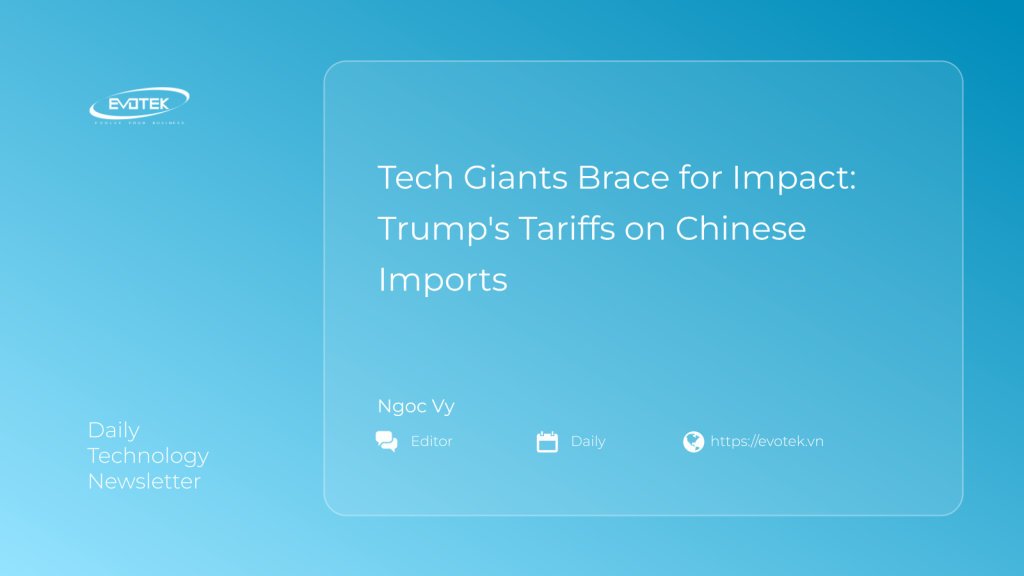A new wave of tariffs imposed on inexpensive Chinese imports threatens to inflict a multi-billion dollar blow to the bottom line of major technology companies. The proposed levies, championed by former President Donald Trump, are aimed at reshaping trade relations and bolstering domestic manufacturing.
The Tariff Target: Components and Consumer Electronics
These tariffs primarily target essential components and consumer electronics sourced from China, items integral to the production of smartphones, laptops, and various smart devices. Companies heavily reliant on these imports now face the prospect of significantly increased costs.
Impact on Profit Margins and Consumer Prices
Industry analysts predict that these increased costs will inevitably squeeze profit margins for tech companies. While some may attempt to absorb the added expense, many will likely pass the burden onto consumers, potentially leading to higher prices for popular tech gadgets.
Big Tech’s Dilemma: Adapt or Absorb?
The looming tariffs present a difficult choice for tech giants. They can either re-evaluate their supply chains, seeking alternative sourcing options outside of China, or they can accept the increased costs and adjust their financial strategies accordingly.
Supply Chain Diversification: Shifting supply chains is a complex and time-consuming undertaking, requiring significant investment and potentially disrupting existing production schedules.
Absorbing Costs: Accepting the higher costs could impact profitability and shareholder value, forcing companies to make difficult decisions about resource allocation.
The Broader Economic Implications
Beyond the immediate impact on tech companies, these tariffs could have broader economic implications. Some economists warn of potential inflationary pressures and a slowdown in consumer spending.
A Call for Negotiation?
As the implementation date for these tariffs approaches, many industry leaders are urging policymakers to reconsider the potential consequences. Some hope for a negotiated resolution that mitigates the negative impacts on both businesses and consumers.
The situation remains fluid, and the ultimate outcome will depend on the evolving dynamics of international trade relations and the strategic responses of the affected companies.

 日本語
日本語 한국어
한국어 Tiếng Việt
Tiếng Việt 简体中文
简体中文